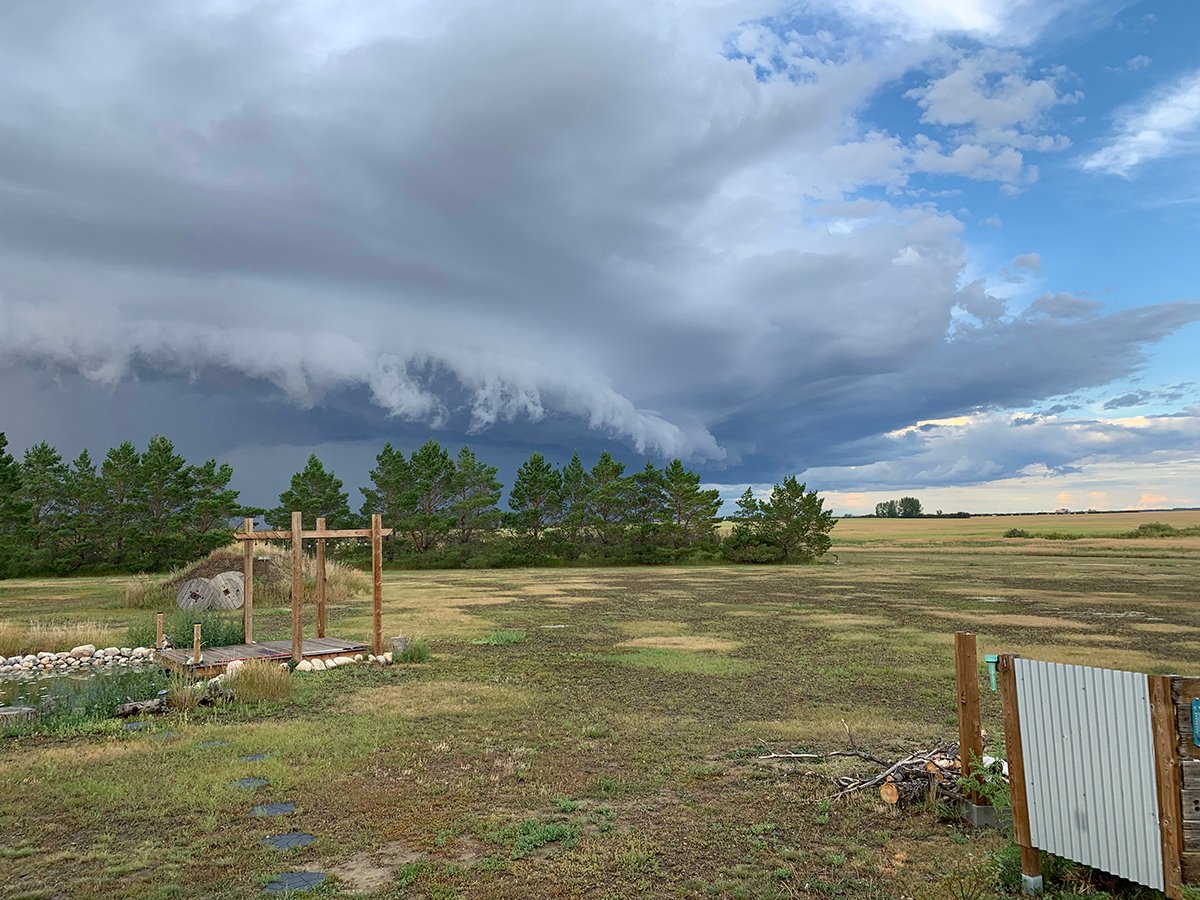A pilot wolf hunt has begun in northeastern Saskatchewan to try to reduce attacks on livestock in the forest fringe.
The hunt began Sept. 15 and runs to the end of March only in wildlife management zone 49, where there has been a large number of predation claims.
Provincial environment minister Scott Moe said the number of claims was “higher than what would we would view as acceptable.”
He said trapping is the best way to manage wolf numbers, but extra pressure is needed to move wolves back to the forest.
Read Also

Storm dynamics and extreme rainfall
Besides moisture, instability and orographic lift, the next biggest factor that contributes to heavy or extreme rainfall is storm dynamics.
Saskatchewan Trappers Association president Don Gordon said trappers support the pilot program be-cause it addresses a problem in an area where there isn’t as much trapping pressure.
Gordon said wolves have moved into northeastern Saskatchewan as a result of a nearby Manitoba program to try to restore moose populations.
They are also moving out of the forest in search of food.
Mike Gollop, a fur and problem wildlife specialist with the environment ministry, said the best estimates suggest a provincial population of 3,000 to 4,000 wolves.
One hundred licences will be available during the hunt. Each licence allows a hunter to take two wolves.
However, Gollop said a similar hunt in the forested regions of Ontario saw only six percent of the possible number of wolves taken.
“So we might be looking at six to 12 wolves,” he said. “I suspect a number of hunters will not even see a wolf.”
Cull programs like this don’t often work because the animals causing the problems aren’t always killed, Gollop said.
However, the pilot will provide information to the ministry and stakeholders for the future, he added.
He said the wolves have also moved out of the forest and into the fringe areas, where a lot of livestock graze, because their food sources have been depleted during the last four tough winters.
Wolves also prey on beavers, and there are pockets in the forest fringe area where disease has caused significant deaths among the rodents.
Gordon also said wolves that follow deer as they move to haystacks in search of food find it much easier to take down slower-moving cattle than deer.
Logging creates open areas in the forest where the deer will congregate, which should draw the wolves back into the trees, he said.
Wolf pelts sell for up to $500, de-pending on quality. However, only 20 percent of the pelts in the Hudson Bay area last year could be skinned because the wolves had mange.
An estimated 60 wolves were killed in that region last year, but exact numbers are difficult to pin down because not all pelts go through the fur auction system, Gordon said.















